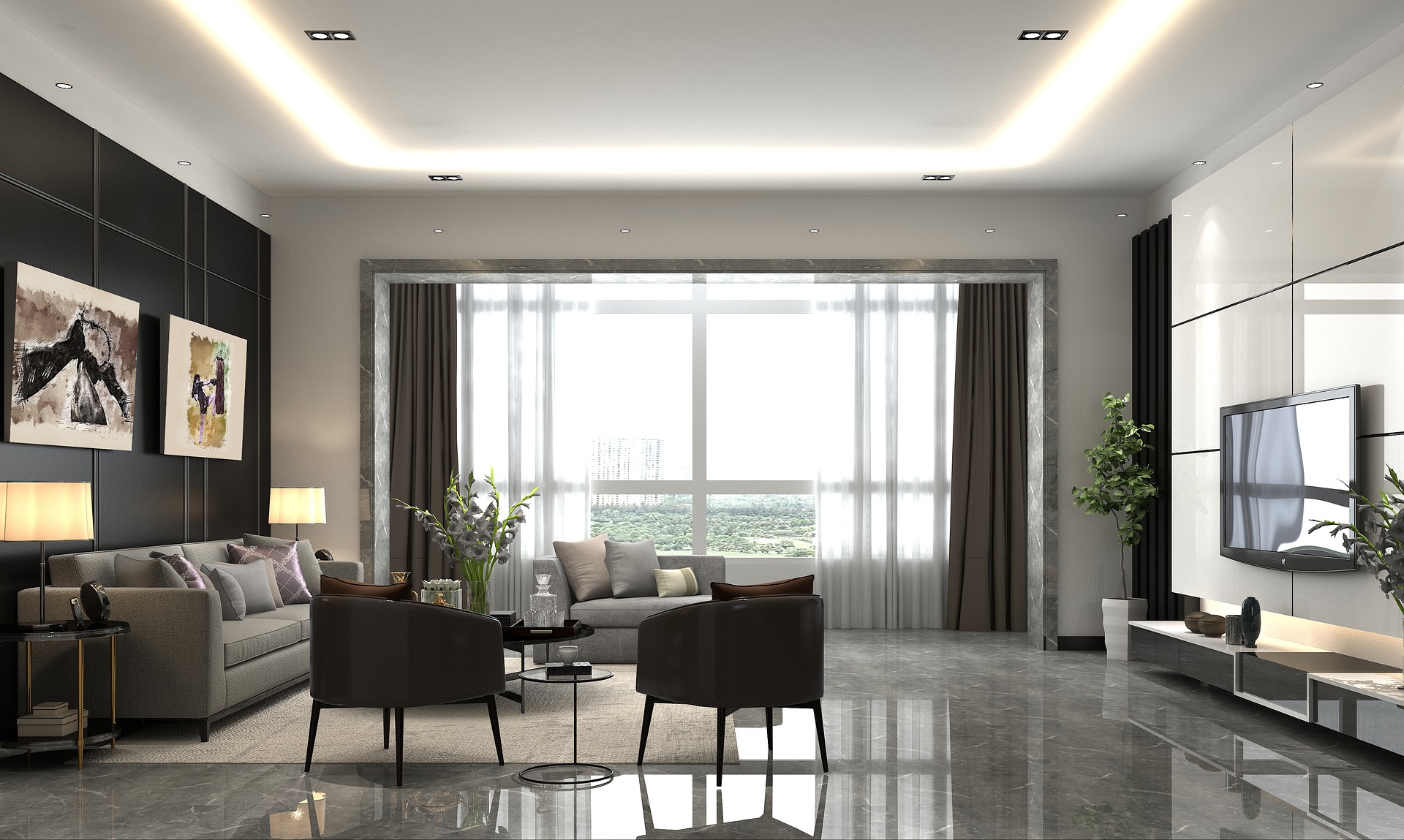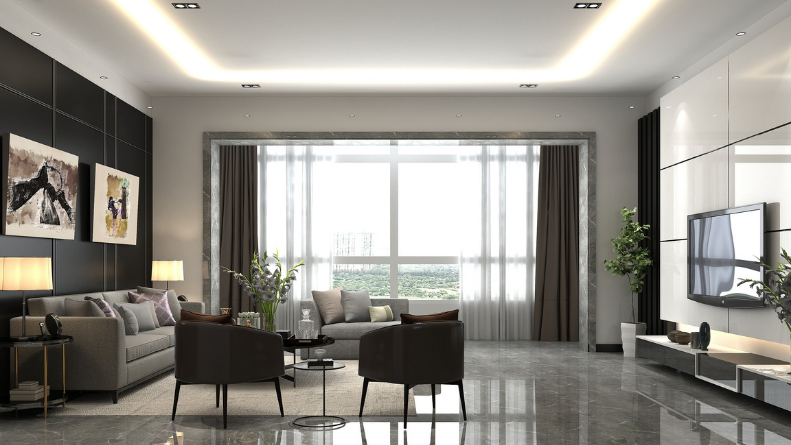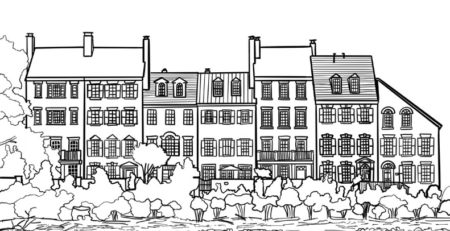What’s the Difference Between Freehold and Leasehold?
There are many things to think about when buying a new property. The list seems virtually endless. Understanding the difference between freehold and leasehold ownership can make the difference between buying the property you think you have and buying the right one you want.
Every now and then, a storey will appear in the press concerning disputes over leasehold agreements; this is not surprising considering the amount of confusion that surrounds them. Sometimes the disputes will involve incorrect or missing information associated with the rights of leaseholders. So, here’s a chance to brush up on the principal differences between the two types of agreements so you can avoid the potential pitfalls that can come with misunderstanding them.
What is freehold ownership?
Freehold ownership means you own the building and the land that it is built on. As the owner, you are responsible for all the maintenance. As long as you keep within what the law allows, you are free to do with the property and land as you wish.
A freeholder has responsibility for any damage, alterations, and extensions, as well as making sure the building and contents are fully insured.
Freeholders only have to worry about paying the mortgage repayments and maintenance if needed, and not be concerned with the additional costs that come with being a leaseholder.
Although a freeholder technically owns the land and property, there are some circumstances where the Government can impose authority over your house and land, such as with compulsive purchase orders.
What is leasehold ownership?
Leasehold ownership is normally found with flats and apartments where shared space exists, such as stairwells, elevators, entrance ways, and outside space. However, you can find some houses that are leasehold, typically with new build properties.
Leaseholders, as the name suggests, own the lease to the property that they are living in but not the land, and only for a specified number of years, which is stated in the agreement with the freeholder or landlord.

Although generally understood as leasehold “owners,” the lease period is basically a long-term rental of the property from the freeholder or landlord. Typically, the lease period lasts between 90 and 120 years when first purchased but can also be as long as 999 years.
Leases can potentially be negotiated and extended, but once the lease period has ended, ownership of the property reverts to the freeholder. If you are contemplating buying a leasehold with only a short lease left on it, consider negotiating an extension before you go ahead and purchase it, because once you have purchased it, you will have to wait two years before you are entitled to extend it. In addition, you can always ask your landlord at any time if they are willing to sell the freehold.
The Advantages of Leasehold Ownership
One reason why some owners prefer the leasehold option is that they are not responsible for maintenance like essential upkeep, lighting, updated plumbing, outside areas, and elevators. On the other hand, they will have to pay towards these costs via service charges or ground rent, usually between £50 and £100 per annum.
Drawbacks to leasehold ownership
Getting a mortgage for a leasehold that is less than 80 years in length can be difficult to secure from lenders. Likewise, it would also be challenging to re-sell since the freehold value is much reduced.
Therefore, it is so important to find out from your estate agent how long the lease has left to run on the property. When buying a leasehold property, take into consideration how long you plan on staying there. If you don’t plan on living there for any real length of time, for example, your best bet is to opt for a leasehold with a longer term left, so there is still plenty in reserve when you go for a resell. Alternatively, you may want to consider buying a freehold property instead, which will give you more flexibility when selling.
It is also worth speaking with your lender about their policy towards leaseholds, since they may refuse to pay towards high ground rents, potentially leading to a decrease in equity.
Ground rent
Ground rent is what leaseholders pay to the freeholder or landlord towards the cost of maintenance of the land and building.
Typically, ground rent is not very high – between £50 and £100 per year – but can sometimes be much higher, which has caused some controversy in the press. What the fee is and when it is due will be stipulated in the lease agreement, so make sure you know what it is before signing on the dotted line.
If ground rent is not paid, then the freeholder is entitled to take legal action against you for recovery of the payment. If ground rent has not been paid for three or more years and it comes to £350 or more, the freeholder can then apply for a court order for forfeiture action, taking possession of the property.
New builds in particular can sometimes have high ground rents, which might pose an obstacle when applying for a mortgage.
As a leaseholder, you are legally entitled to see how the ground rent is being spent, with a summary, and even request to see receipts to see if the money is being spent as stated.
ARE YOU READY TO START INVESTING?
Subscribe to our mailing list now for exclusive deals, investment guides and the latest information from the property market.







